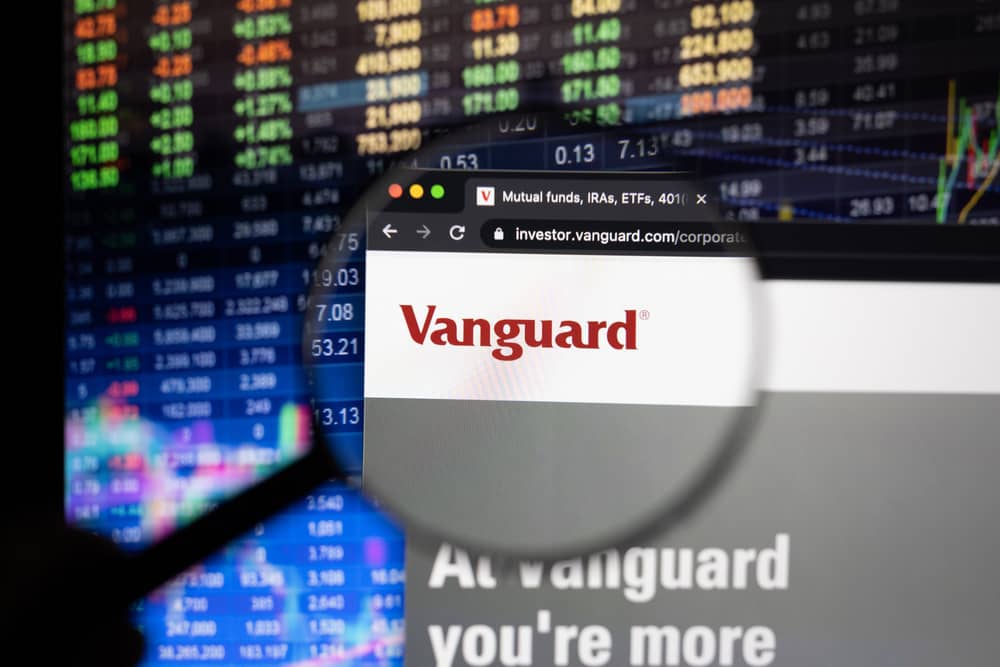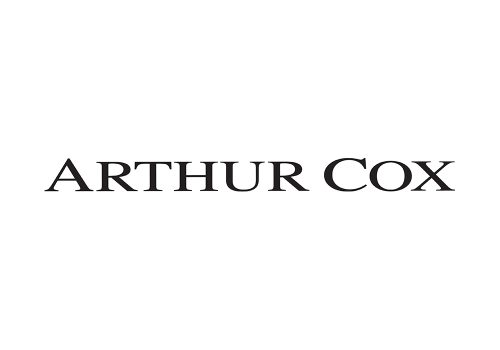The complex and fragmented structure of Europe’s ETF industry imposes significant extra costs on investors that could be reduced by lessons drawn from the more efficient US ETF market, according to Vanguard.
The world’s second largest asset manager has been quietly stepping up its efforts to persuade European regulators to accelerate the introduction of reforms that would cut ETF trading costs and boost activity levels with the aim of attracting more investors to Europe’s $2.27trn ETF market.
Pennsylvania-based Vanguard argues that efficiency could be achieved by improvements to transparency standards for ETF dealing, helped by the introduction of a US style consolidated tape – a complete record of ETF trading.
It is also pushing for greater harmonisation of the national rules and varying protocols adopted by the multiple European exchanges that trade ETFs as well as more simplifications to clearing and settlement processes.
Additional detailed proposals that could unlock the potential for faster ETF adoption by investors across Europe were a focus of discussion at an investor event hosted by Vanguard in the Dublin office of law firm Arthur Cox, which was attended by senior representatives from Ireland’s government and central bank.
Paul Young, Vanguard’s head of ETF capital markets for Europe, emphasised the need to improve liquidity with ETF trading turnover in Europe reaching just $2.4trn in 2023, compared with the $38.1trn recorded for the US last year by Bloomberg data.
Regulatory measures that encouraged trading to be pooled on markets that provided greater pre-trade transparency would promote competition among market participants for the benefit of end investors, said Young.
Many institutional investors prefer to conduct ETF deals via less transparent “dark pools” to protect potentially sensitive details of their positions to other competitors.
Under a quarter of ETF trades in Europe were executed last year on a so-called “lit” exchange where stricter transparency standards are required than opaque dark pools.
“This can create the perception of less overall liquidity in the European ETF market,” said Young.
The introduction of a European consolidated tape with real-time trading data for ETFs and equities would facilitate the formation of a more efficient “European best bid and offer” pricing system akin to that which already operates in the US.
“A consolidated tape would also level the playing field for retail investors who currently rely heavily on exchanges for trading information and execution,” said Young.
All US exchanges and trading venues must adhere to a common rule book known as Reg NMS Regulation National Market System).
No such common rule book exists in Europe which creates additional frictions for market participants if they are trading ETFs that are cross listed across multiple exchanges that can have different protocols for opening and closing price auctions and dealing halts linked to volatility events.
“We would encourage European exchanges to harmonise rules through reforms that align with prevailing best practice. This would ensure equal treatment for all ETFs, regardless of where the ETF is listed or where the investor is based,” said Young.
Additional complexity and expense for ETF market participants arises from clearing and settlement processes that were not designed to accommodate the fact that many European ETFs are listed on multiple exchanges across the region.
The financial and administrative burdens of clearing and settlement processes could be better harmonised and streamlined as part of the current review of the EU’s Central Securities Depository Regulation (CSDR). The review should also address the issue of cash penalties imposed on market participants for ETF trades that fail, according to Vanguard.




